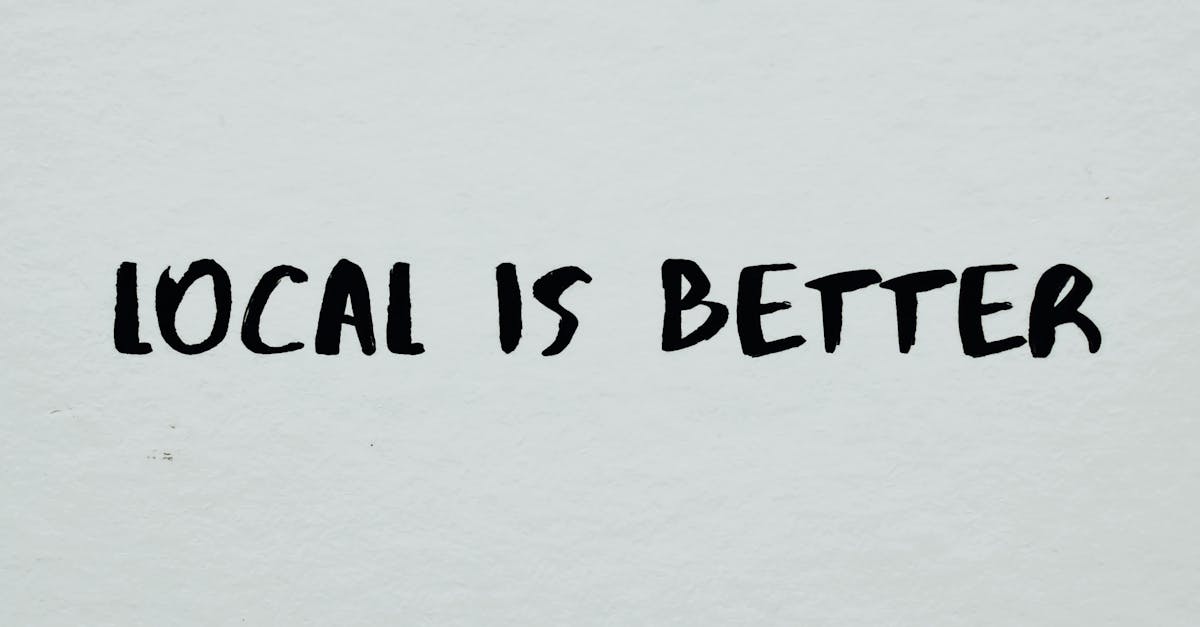Ever feel like your business is invisible online, even though you know you’ve got exactly what the local community needs? I’ve been there with small business owners—juggling tasks, phones ringing (or not), and wondering why their neighbors keep choosing the big guys. The truth is, great services and products aren’t always enough. That’s where local SEO comes in. And as someone who’s helped local shops, trades, clinics, and agencies quit chasing their tails and start getting steady calls, I want to break down what actually works.

What Is Local SEO—and Why Does It Matter?
If you’ve ever searched for “best electrician near me” or “haircut in [your town],” you’ve seen local SEO in action. Local SEO (Search Engine Optimization) makes it easy for people nearby to find your business online—then pick up the phone, get directions, or simply walk in. In a nutshell: it connects people ready to buy or book with the best options closest to them. For small businesses, this is gold.
- Nearly half of Google searches have local intent. That’s millions of people looking for solutions in their own neighborhoods—today, not someday.
- When you show up at the right moment, you become the local go-to. That means more calls, more website visits, and more happy customers through your door.
Step 1: Get Your Google Business Profile (GBP) Right
Your Google Business Profile is like your digital shop window. It’s what pops up in Google Maps and local search results. Here’s how I help clients make their listings irresistible (and you can, too):
- Complete every section: Don’t just stop after putting your hours and location. Add detailed services, your business description, photos, and attributes (like “wheelchair accessible” or “online appointments”). The richer your info, the better.
- Be consistent: Your business name, address, and phone (NAP) must match exactly across the web. Even small differences (Street vs. St., Suite A vs. #A) can hurt your rankings.
- Photos, photos, photos: Businesses with freshly updated, real photos (your staff, storefront, results) attract more clicks—and people trust them more. Set a calendar reminder to add new ones monthly.
- Posts & updates: Use GBP posts to share news, events, or promos just like social media. Google loves recency, and your customers will appreciate it too.

Step 2: Build Trust with Online Reviews (and Responding Right!)
When people look your business up, your reviews (star rating and what people actually say) can make or break the sale. Here’s how to win at reviews, even if you’re just getting started:
- Just ask: After you’ve done a great job, simply ask! A quick “If this was helpful, would you mind leaving us a Google review? It helps more locals find us.” is all it takes. Bonus: put a QR code at your register or in follow-up emails.
- Reply to every review: Thank people by name when you can. For negative reviews, respond respectfully and try to move the conversation offline. It’s about showing you care—not being perfect.
- Don’t game the system: Buying or faking reviews can get your listing suspended. No shortcuts—just real, consistent effort.

Step 3: Make Your Website the Local Answer
Your website is your digital home base. It might be the only thing a new customer sees before calling you. That’s why every local business site needs to be laser-focused with:
- Clear local info: Every page should show your town, service area, or neighborhood (not just “Serving everyone everywhere”).
- Keywords that sound natural: Weave in phrases people actually search—like “plumber in East Seattle” or “family dentist in Milton.” But keep your copy sounding human, not robotic.
- Easy contact options: Click-to-call on mobile, updated contact hours, and a visible address. Your phone should ring, not get buried.
- Unique pages for each location or service: Have more than one office? Cover different suburbs? Create a dedicated page for each, so you show up in each area’s search results.
Step 4: Perfect Your Citations and Local Listings
Ever find your address or phone number wrong on some random directory? Those little details make a difference. Here’s what we do for clients, and you can too:
- Track down every listing about your business: Start with Google, Bing, Apple Maps, Yelp, and your local chamber or association sites. Then expand to other industry directories.
- Fix any NAP issues: Keep your name, address, and phone number identical everywhere. Even tiny inconsistencies confuse search engines and people alike.
- Claim and own your listings: Whenever possible, “claim” your business profiles so you can update them yourself. Don’t let a stale profile with the wrong info cost you customers.

Step 5: Create Hyper-Local Pages (for Every Location You Serve)
If you offer services in several towns or neighborhoods, each deserves its own page. Here’s why (and how to get started):
- Show up where people are searching: If someone types “accountant in Parkside” but your website only mentions “Milwaukee,” you’re probably missing out.
- Include a map and directions: Embedding a Google Map of your location (or office network) is a small step that makes a big difference—especially for impatient mobile users.
- Talk about their community: Mention local landmarks, events, and even unofficial neighborhood nicknames. Real humans recognize authentic local content.
Step 6: Measure What Works—and What Doesn’t
The magic of digital is that you can actually see what’s driving results, not just guess. Here’s what I personally track for my clients:
- Phone calls and contact forms: Use call tracking numbers (or ask “How did you find us?” at booking) to trace which channels are working.
- Rankings for key local searches: Check where you appear for “best [service] near me” and your city name. Rising in the “map pack” = more real-world action.
- Website traffic from local visitors: Google Analytics will show you how many users are from your city/region, how long they stay, and which pages convert best. Focus on what’s actually delivering calls/customers.

Local SEO FAQs (from Real Business Owners)
- Do I need to pay for ads for local SEO to work?
If your SEO is solid, you can rank well and get great results without ads. That said, a mix of organic and paid can speed things up if you have the budget. - How long will it take to see results?
Optimizing your Google profile and citations can trigger local rankings in weeks. A strong website (with good links and reviews) can move the needle noticeably in 3–6 months, and it only snowballs from there. - Can I do this myself, or should I hire someone?
You can absolutely manage your local SEO yourself—especially the basics. If you’re busy or overwhelmed, having an expert frees up your time and can speed up results.
Wrapping Up: Start Now, Start Simple
I’ve seen firsthand how the smallest tweaks—a photo update, a single well-timed review, an accurate address—can be the tipping point for local businesses. Local SEO isn’t just for tech wizards; it’s for real people who want their phones to ring and their spaces to be full of happy, local faces. The sooner you start, the sooner those results start stacking up.
If you need a hand getting these pieces into place, that’s exactly why I started Alkalyne Solutions. Whether you want full-service SEO done for you or just honest advice on where to start, I’m always happy to chat. Grow your local presence—one step at a time—and you’ll never look back.

